Like many things in life, food falls on a spectrum—enter whole vs. processed foods. On one end of the spectrum, we have whole foods. Whole foods are typically foods that are in their natural state with little to no processing or added ingredients. Some examples of whole foods include chicken breast, potatoes, and fruits and vegetables. These foods tend to be nutrient-dense and filled with vitamins and minerals, fiber. They never have any added sugar or sodium.
On the other end of the spectrum, we have highly processed foods. Highly processed foods are rarely in their natural state and have added sugar, unhealthy fats, sodium, and preservatives to extend their shelf life. Some examples of highly processed foods are fruit snacks, hot dogs, and potato chips. These types of foods are often energy-dense (containing lots of empty calories), and can lead to obesity and chronic disease over time.
How does this apply to real life?
Let’s take a look at the stark difference between whole vs. processed foods, and how sneakily processed foods can show up in our daily lives.
Melody is making dinner for her family and would like to offer a side dish of potatoes. At the store, she can purchase whole potatoes (one ingredient) or she can purchase instant mashed potatoes (multiple ingredients).
Ingredients in whole potatoes: potatoes
Ingredients in Hungry Jack Instant Mashed Potatoes: POTATO FLAKES (SODIUM BISULFITE, BHA AND CITRIC ACID ADDED TO PROTECT COLOR AND FLAVOR), CONTAINS 2% OR LESS OF: MONOGLYCERIDES, PARTIALLY HYDROGENATED COTTONSEED OIL, NATURAL FLAVOR, SODIUM ACID PYROPHOSPHATE, BUTTEROIL
While instant mashed potatoes might look like the easier and more tasty option at first glance, many of the ingredients (such as hydrogenated oil) are directly linked to heart disease and plaque build up. Preparing whole potatoes may take a few extra minutes, but could help prevent chronic disease in the future.
What if I told you not all processed foods are bad?
Thank goodness, right? Minimal processing such as washing, cutting, freezing, or even cooking can still be healthy and helpful when preparing meals. Minimally processed foods such as pre-washed salad kits, canned beans, frozen fruit, or whole-grain bread can provide healthy options for our busy lives.
As we mentioned earlier, there is a wide spectrum of food, and some processed foods fall within this wide window. To gauge the level of processing on foods, you can check the ingredient label. If you flip over a packaged food item and see a long list of ingredients of hard-to-pronounce names, it may be best to enjoy this food in moderation or find another option that is less processed.
Some foods—like fruits and vegetables—are pretty straightforward when it comes to determining whether they’re whole or processed. But what about grains and cereals? Or foods labeled ‘no added sugars and preservatives’?
Companies can be sneaky and use natural sugars and preservatives to advertise this while still processing food. That’s where food labels come in handy. Being able to read and understand information on a food label is very helpful for identifying and choosing whole products. A food label is broken into two parts—the nutrition label and the ingredients list.
How to read a nutrition label
The nutrition label is FDA-required and must show the amount of certain macro and micronutrients in total grams and as a percentage of the recommended daily value (%DV). Take these organic mini-peanut butter cups, for example. They contain 18% DV added sugar per serving. The FDA recommends 50 grams of added sugar per day—max—so 18% equates to 9g towards your daily intake.
Serving size is one of the most important pieces of information. For our peanut butter cups, the nutrition label shows the total amounts for just 2 mini pieces. But there are 12 pieces of chocolate in the package! If you were to eat all 12 pieces, you’d consume 54g of added sugar, more than the recommended intake. The same information can be applied when trying to meet daily needs. For example, a protein powder may claim to provide 40g of protein with every serving but each serving is two scoops of powder, not one.
The ingredients list is very handy when looking at how processed food is. Companies must list all ingredients: the first listed ingredient has the highest quantity and the last listed one has the least. A general rule of thumb? The longer the ingredients list, the more processed the food.
Take bread! Below are two bread options, multigrain and whole grain. We hear multigrain and think it must be healthy. But let’s dive into the ingredients list. The first ingredient is enriched flour, a grain that has been processed, stripped of its natural nutrients, and then had processed nutrients put back in (bye-bye, fiber). There’s also a long list of preservatives at the end.
Whole bread, however, has far fewer ingredients—and the first is whole wheat flour, so we know the bread is less processed and comes from whole grains.
Tips for incorporating whole foods into your diet
- Shop on the perimeter of the grocery store: This is where a majority of the whole foods are located! Avoid the aisles, as this is where most of the highly processed foods are located.
- Buy seasonal foods: Find them at the grocery store or shop from a local farmers market!
- Keep your fruits and vegetables on display in your kitchen: You are more likely to eat the apples sitting out on your counter than if they are at the back of your cabinet shelf!
- Meal prep for your week ahead: By planning out your week and prepping meals and snacks, you’ll have healthy options on hand even if you’re busy and on the go. Meal prepping can also help save money, and reduce temptation to order your favorite comfort food on Seamless when you’re too tired to cook!
Want more tips on how to get 9 essential micronutrients into your diet? Read this!
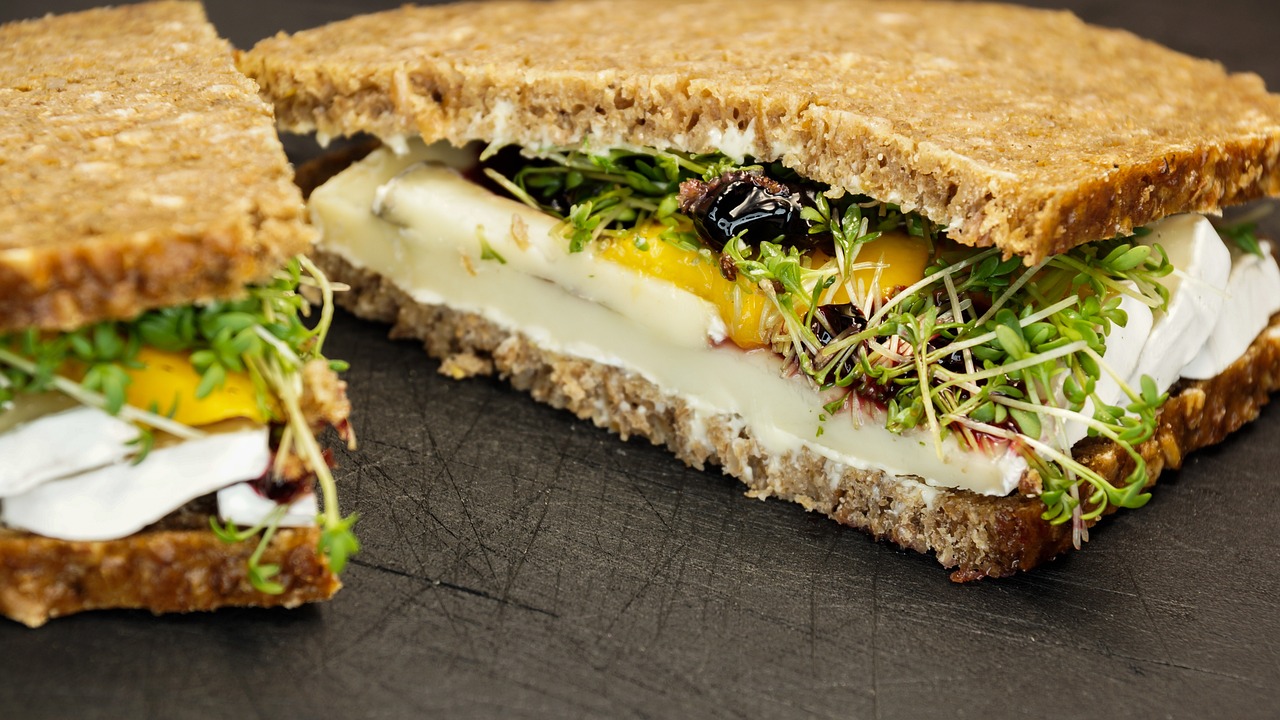




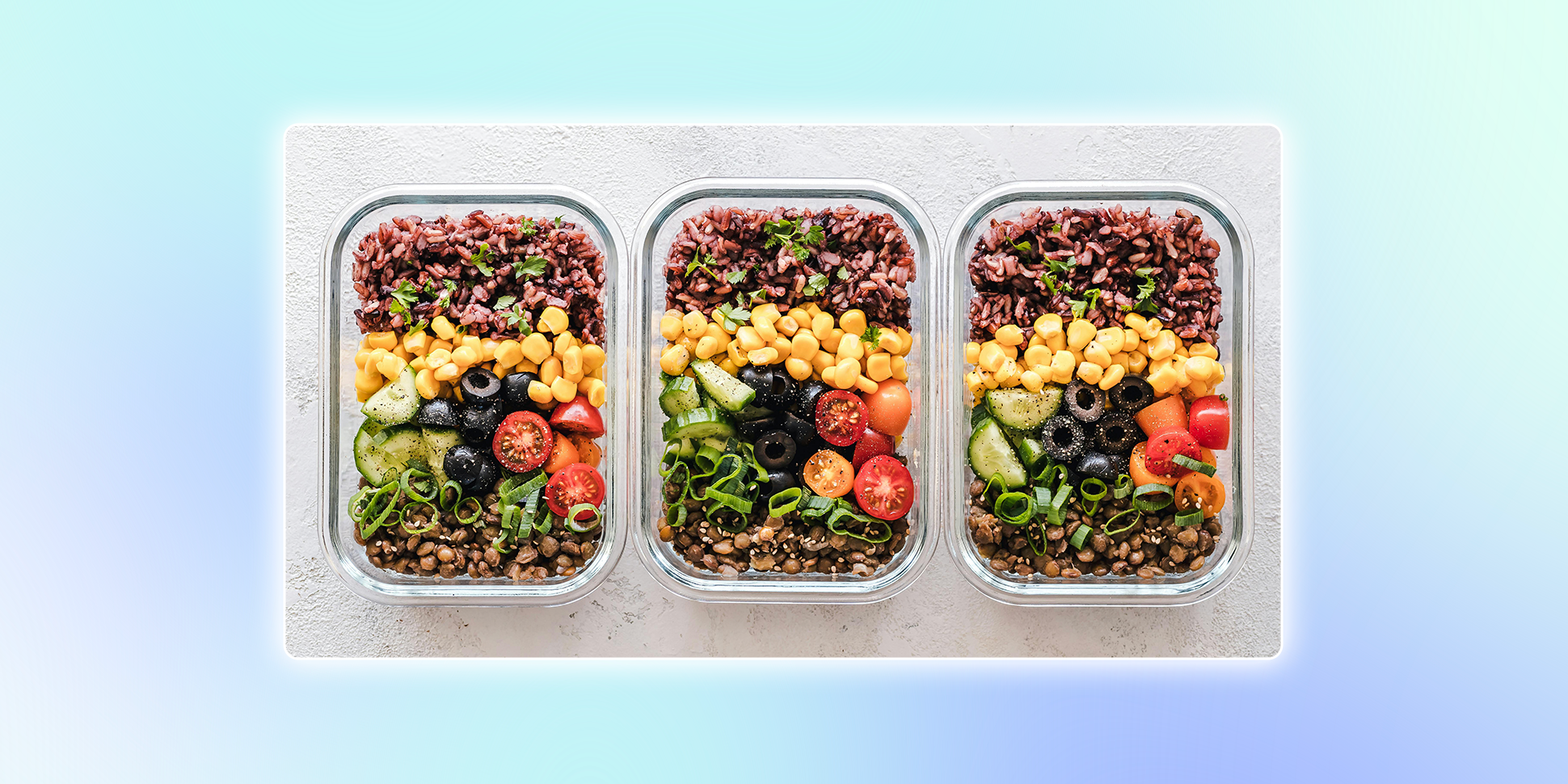







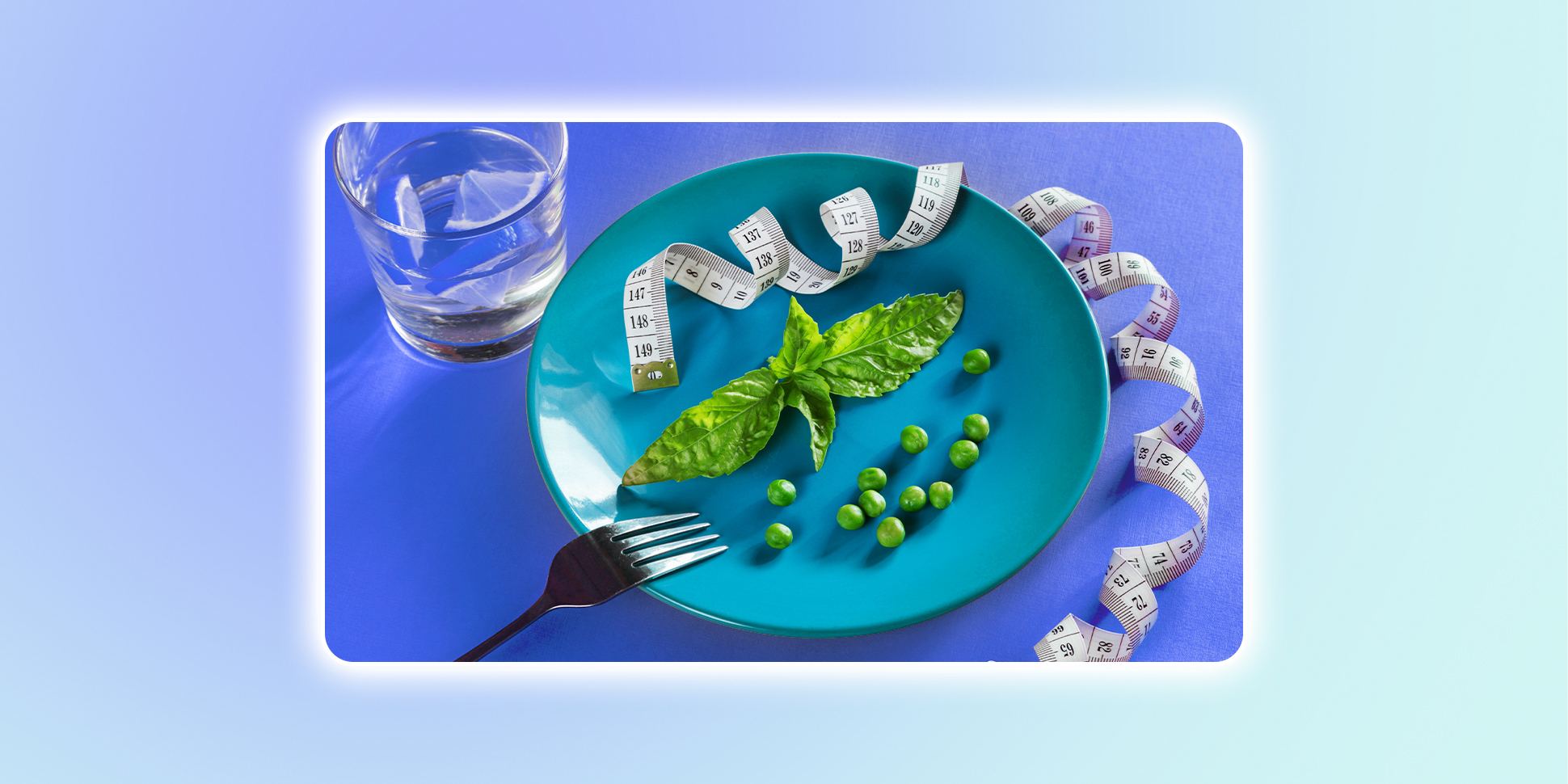



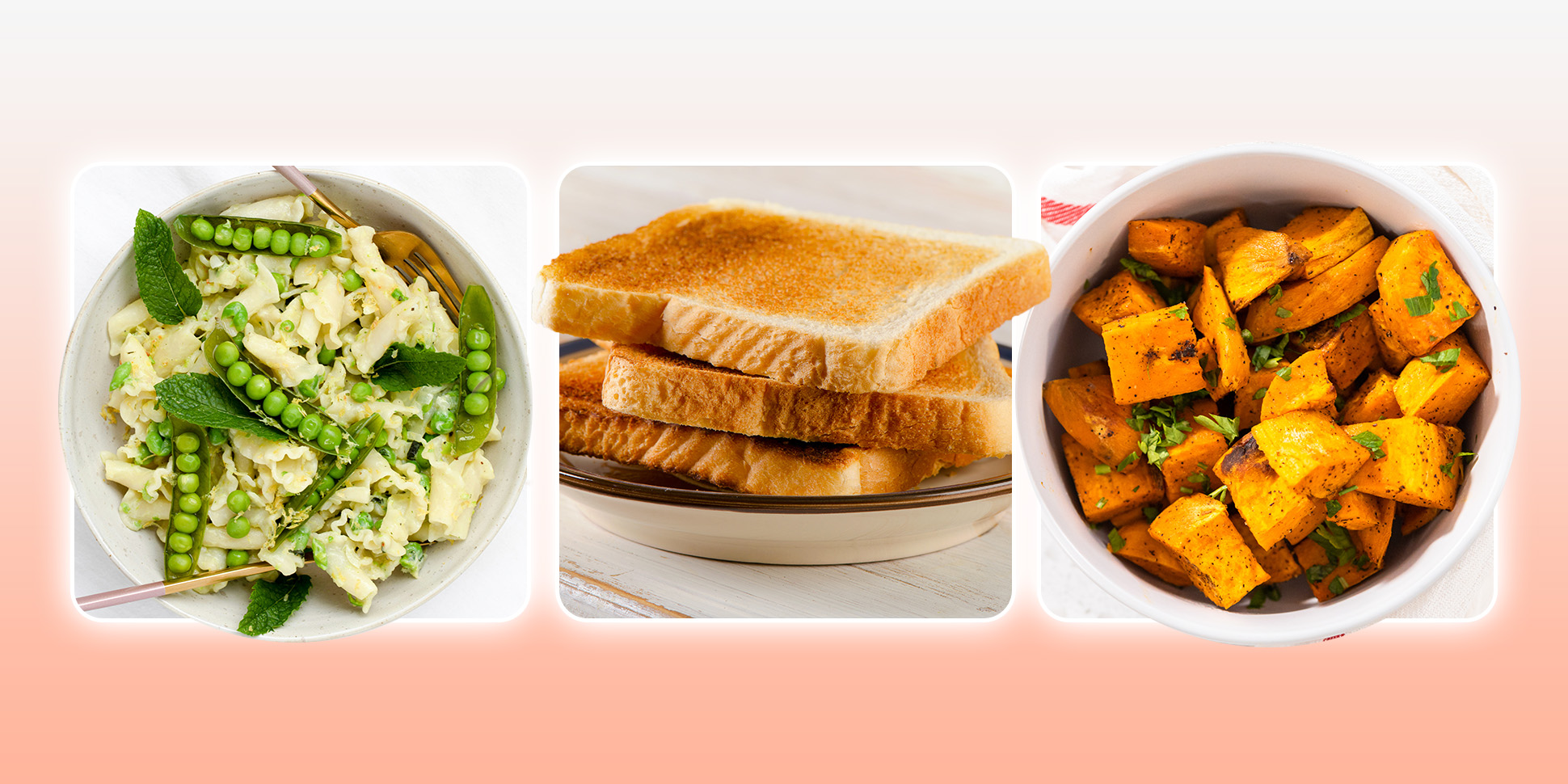



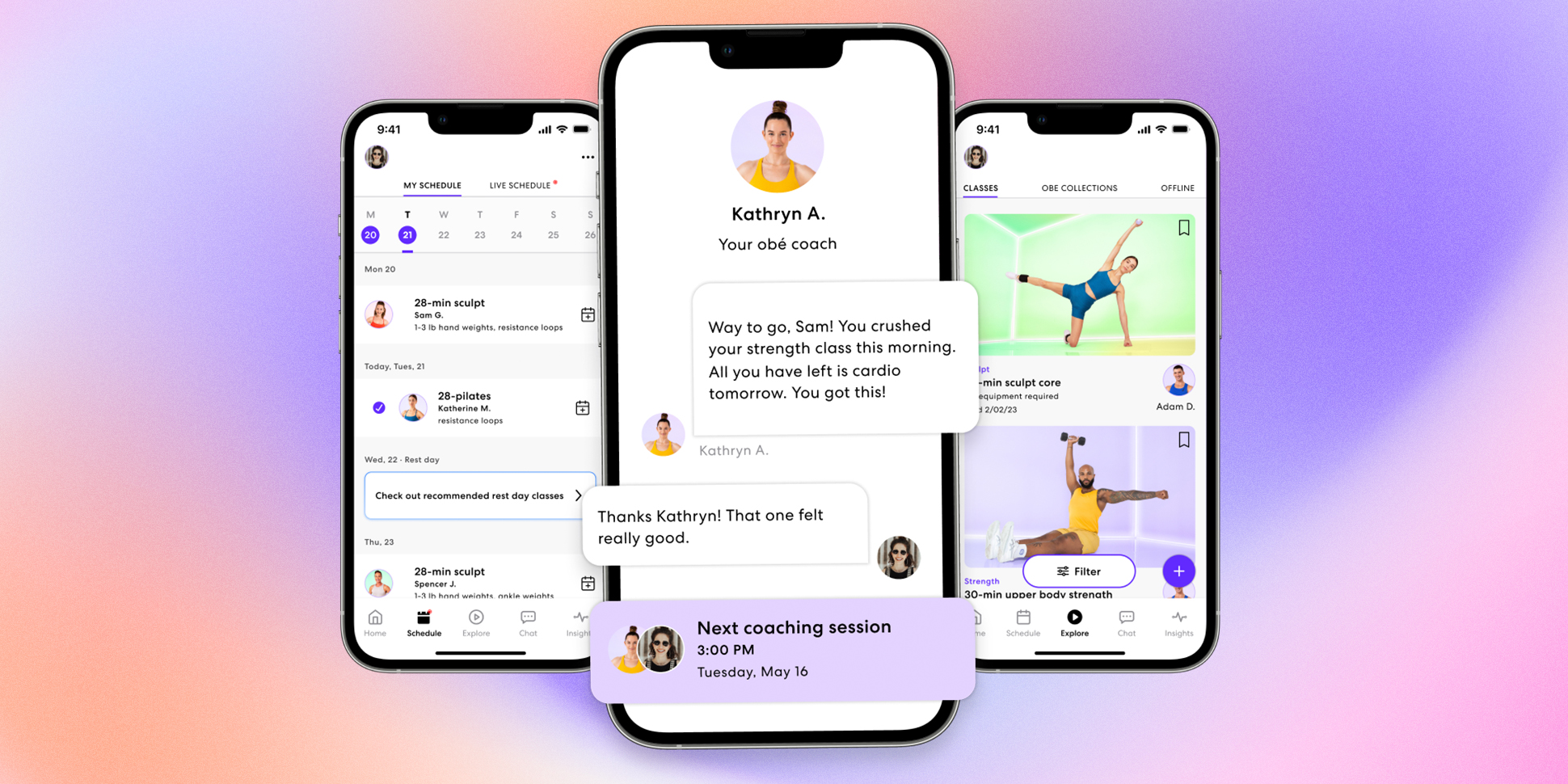

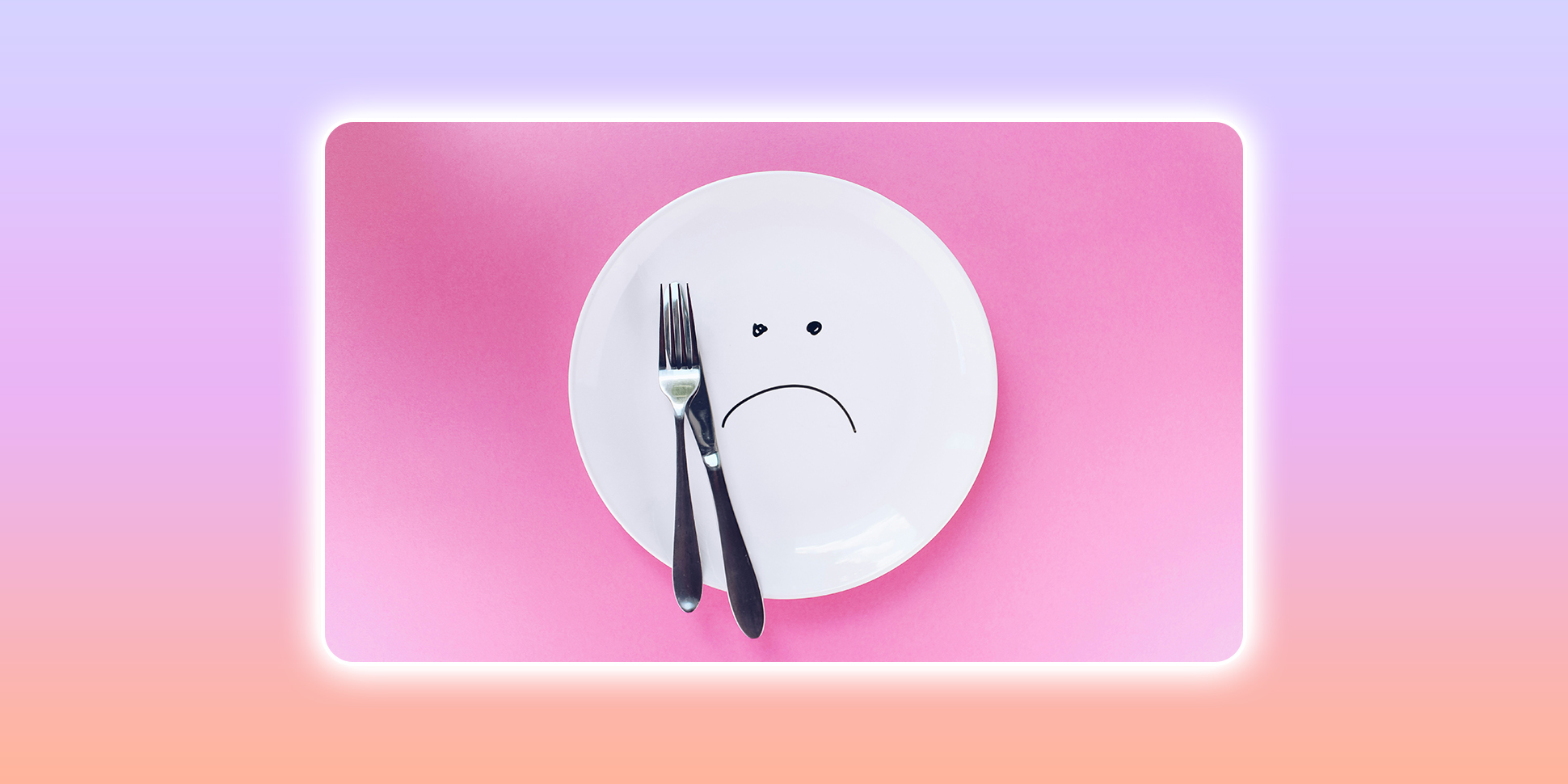



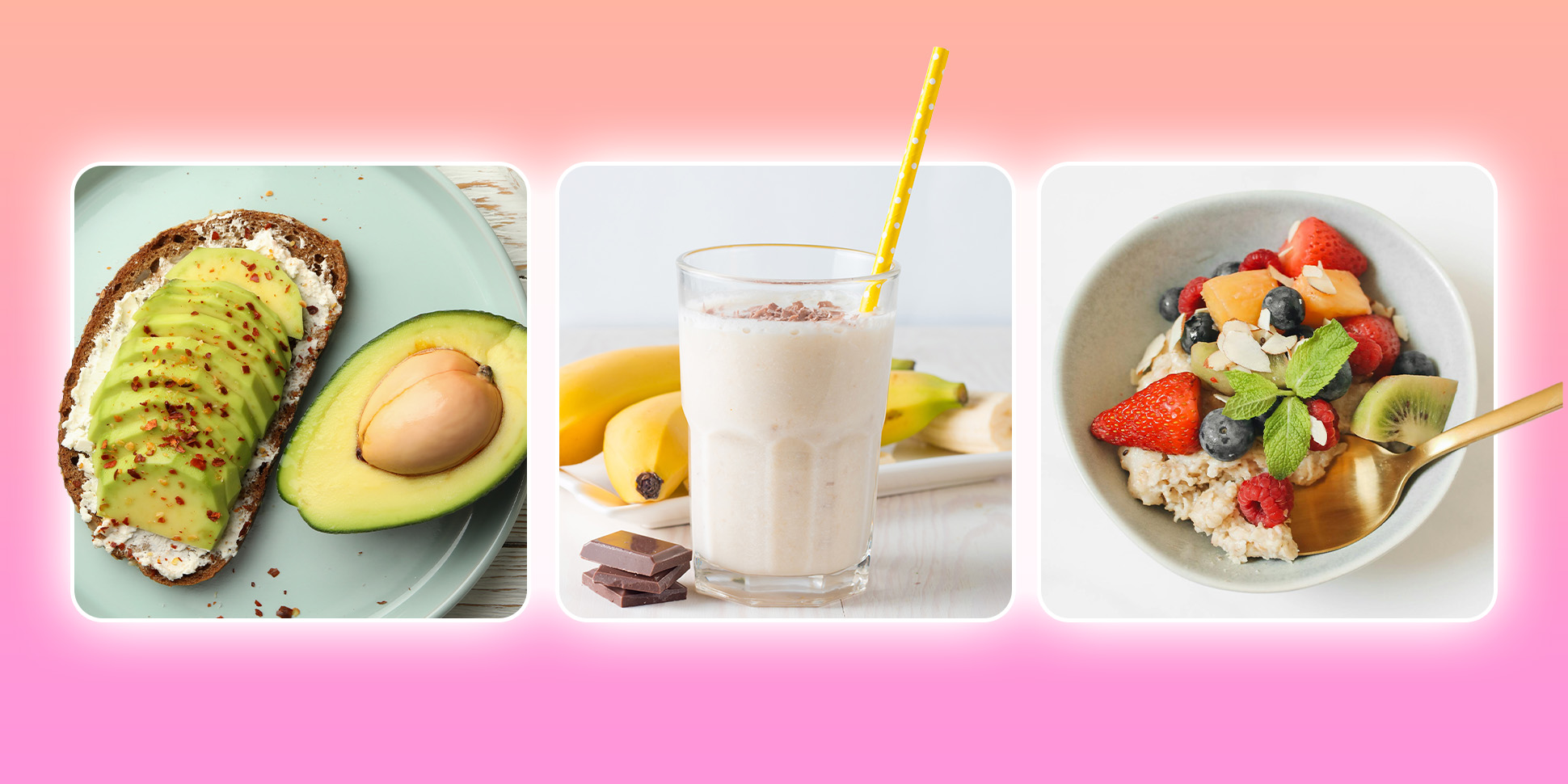

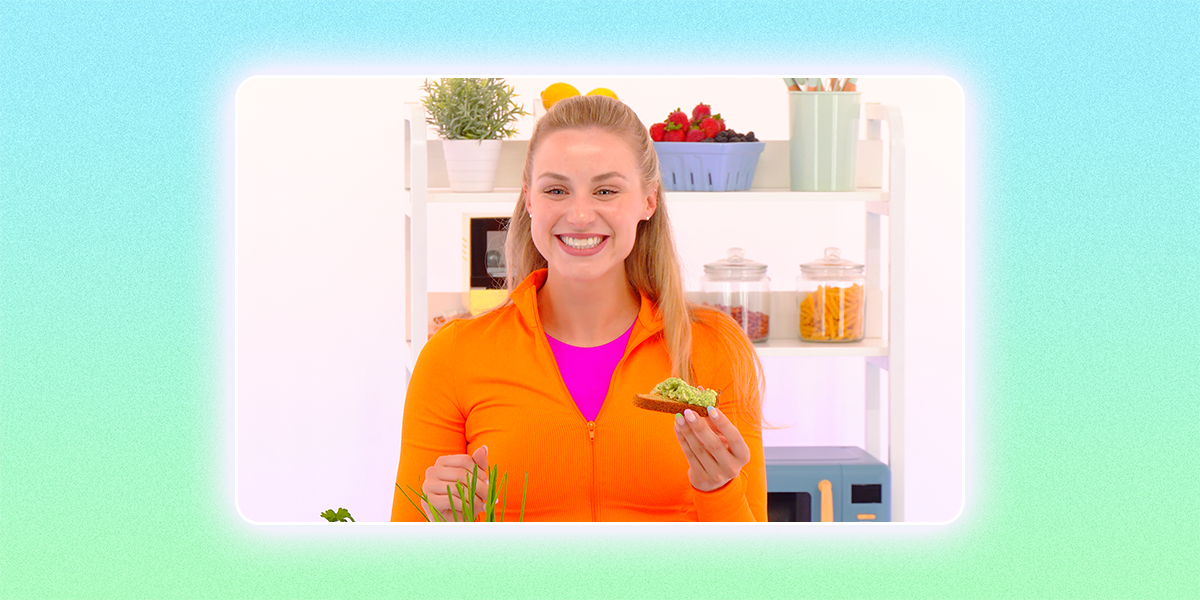











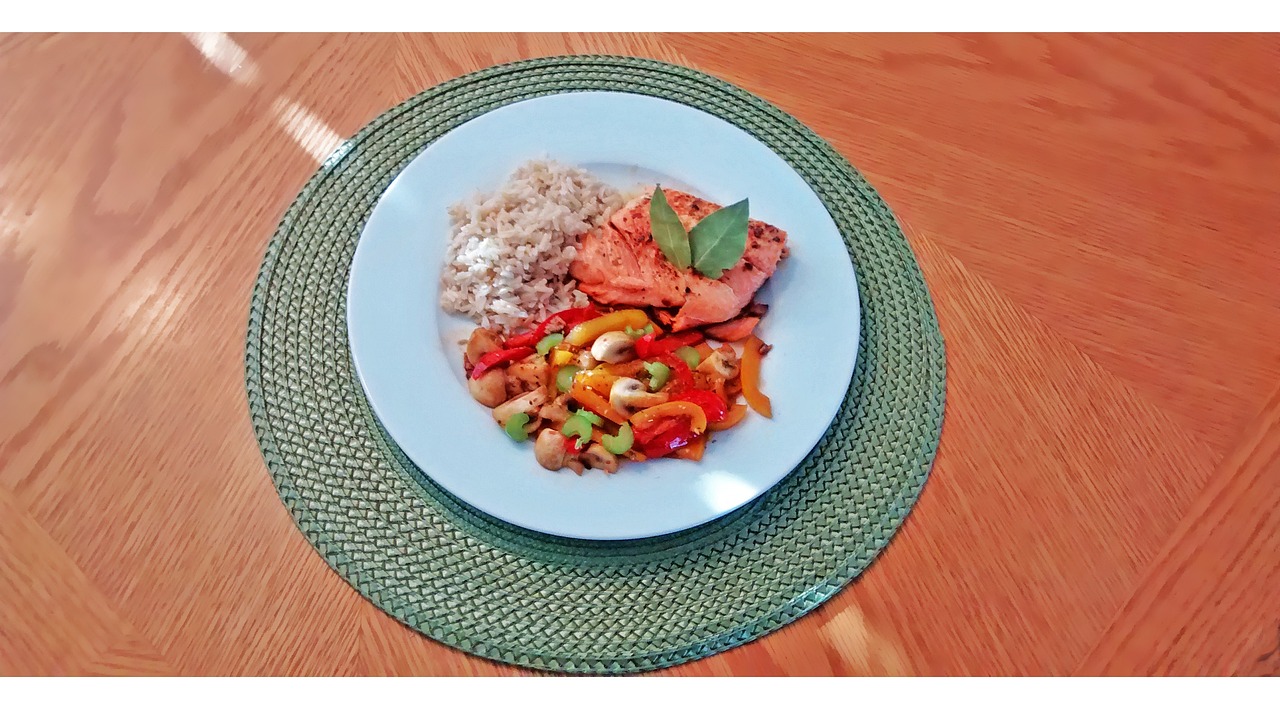
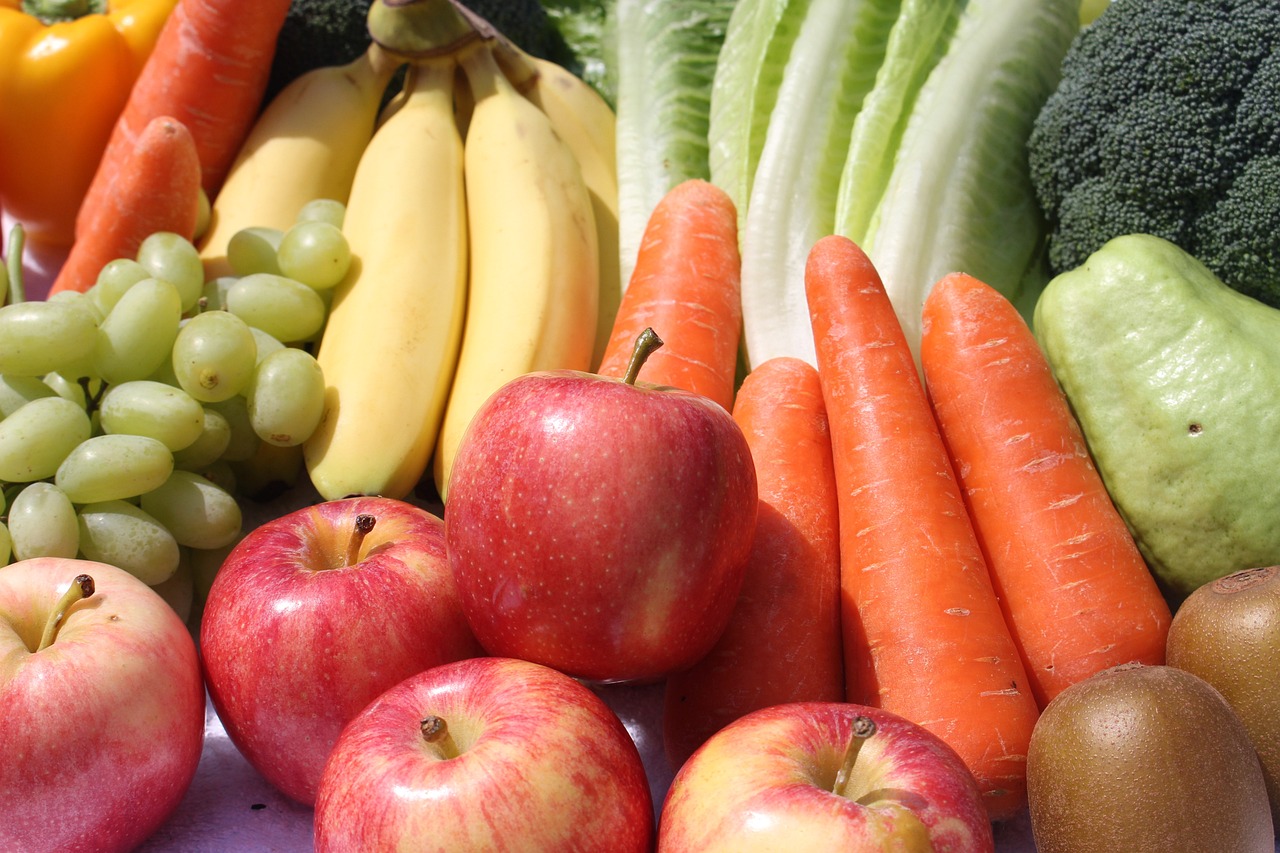




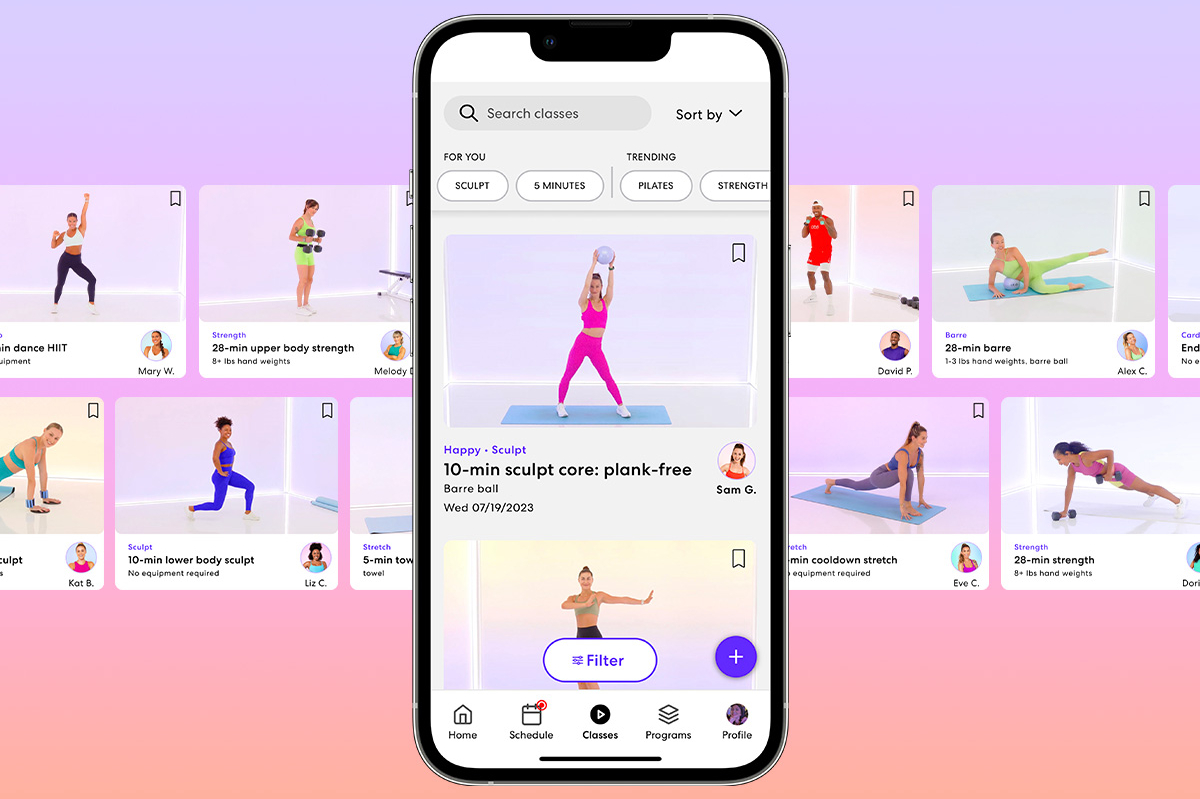







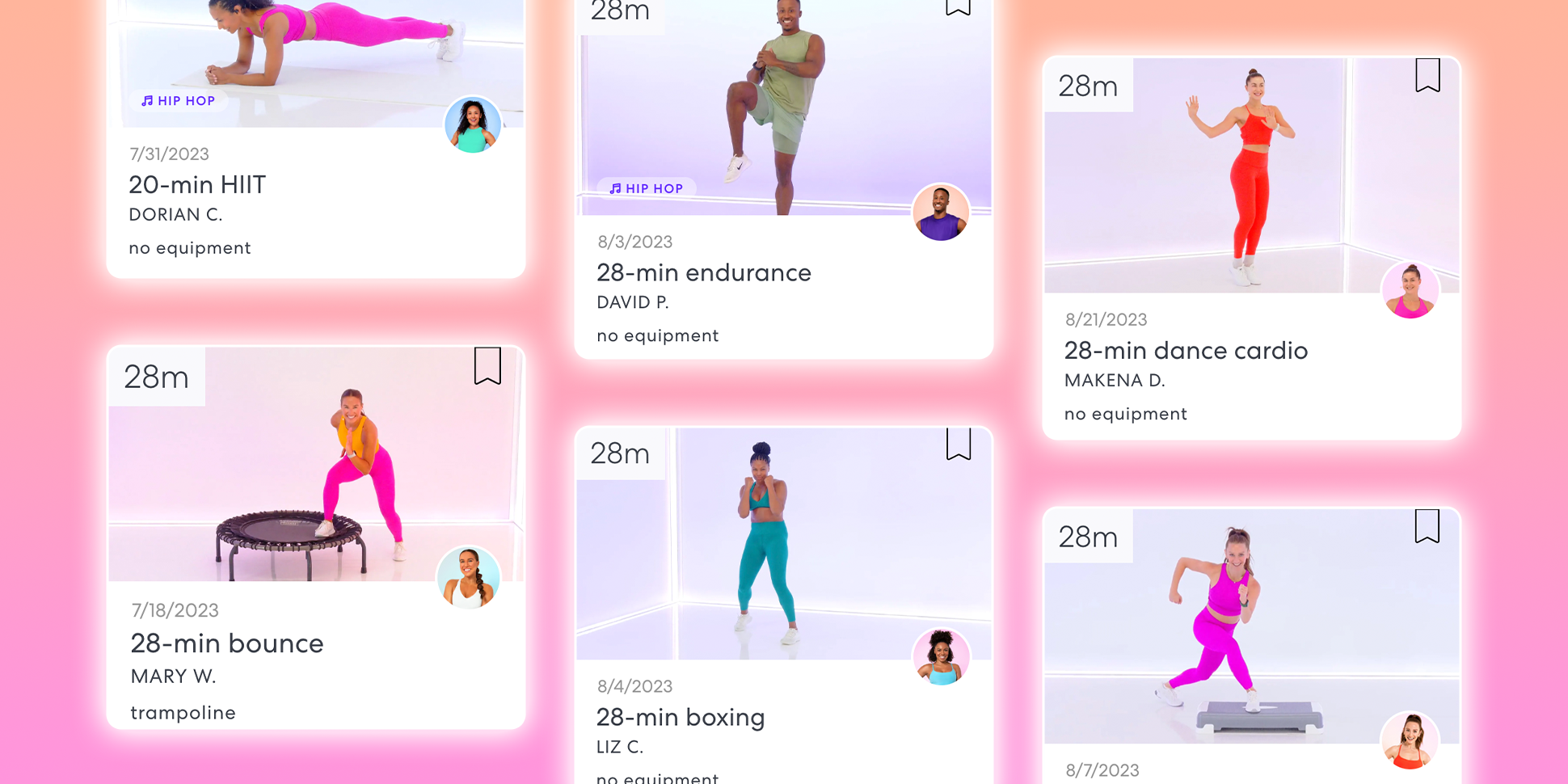
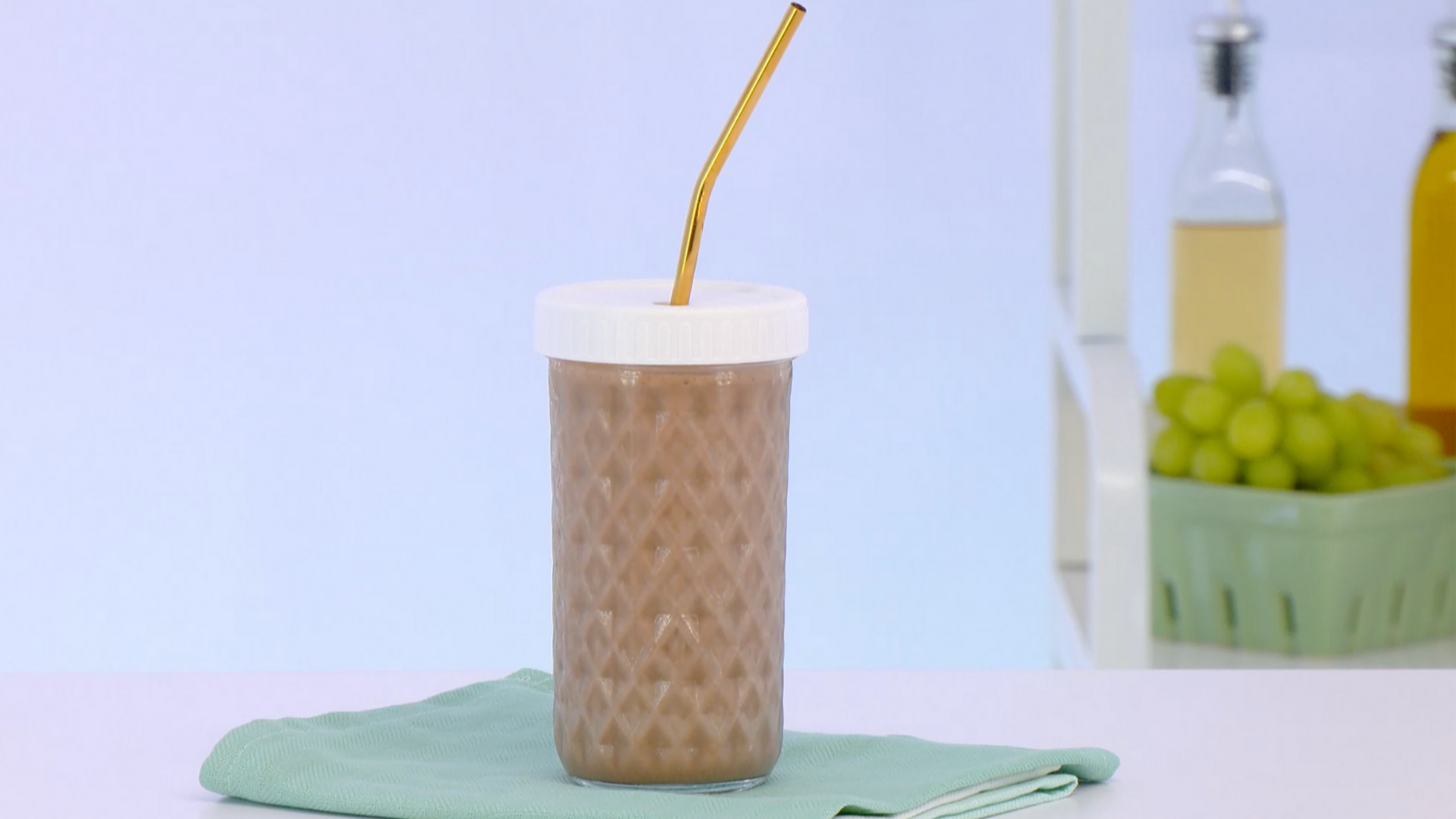




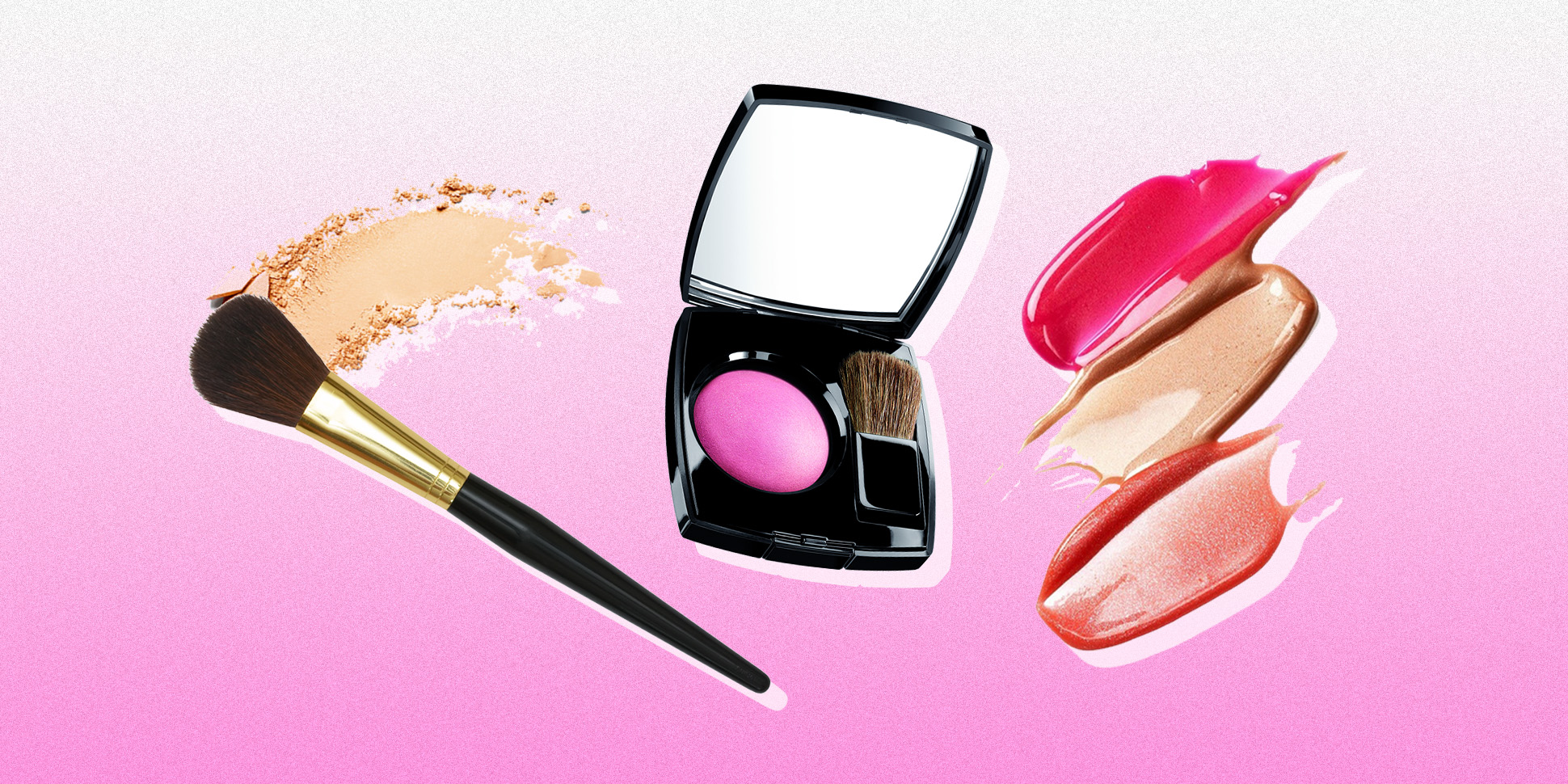

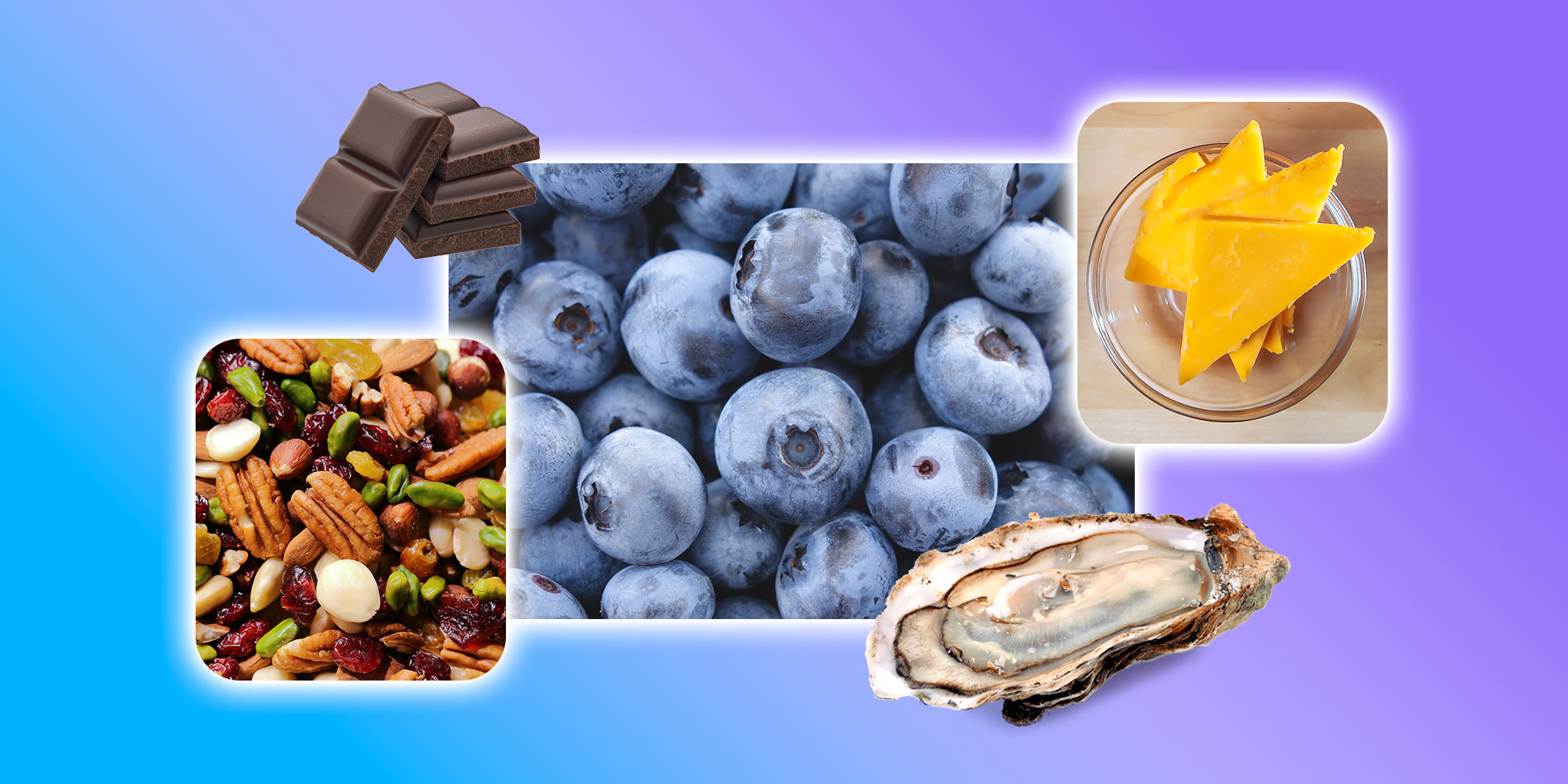




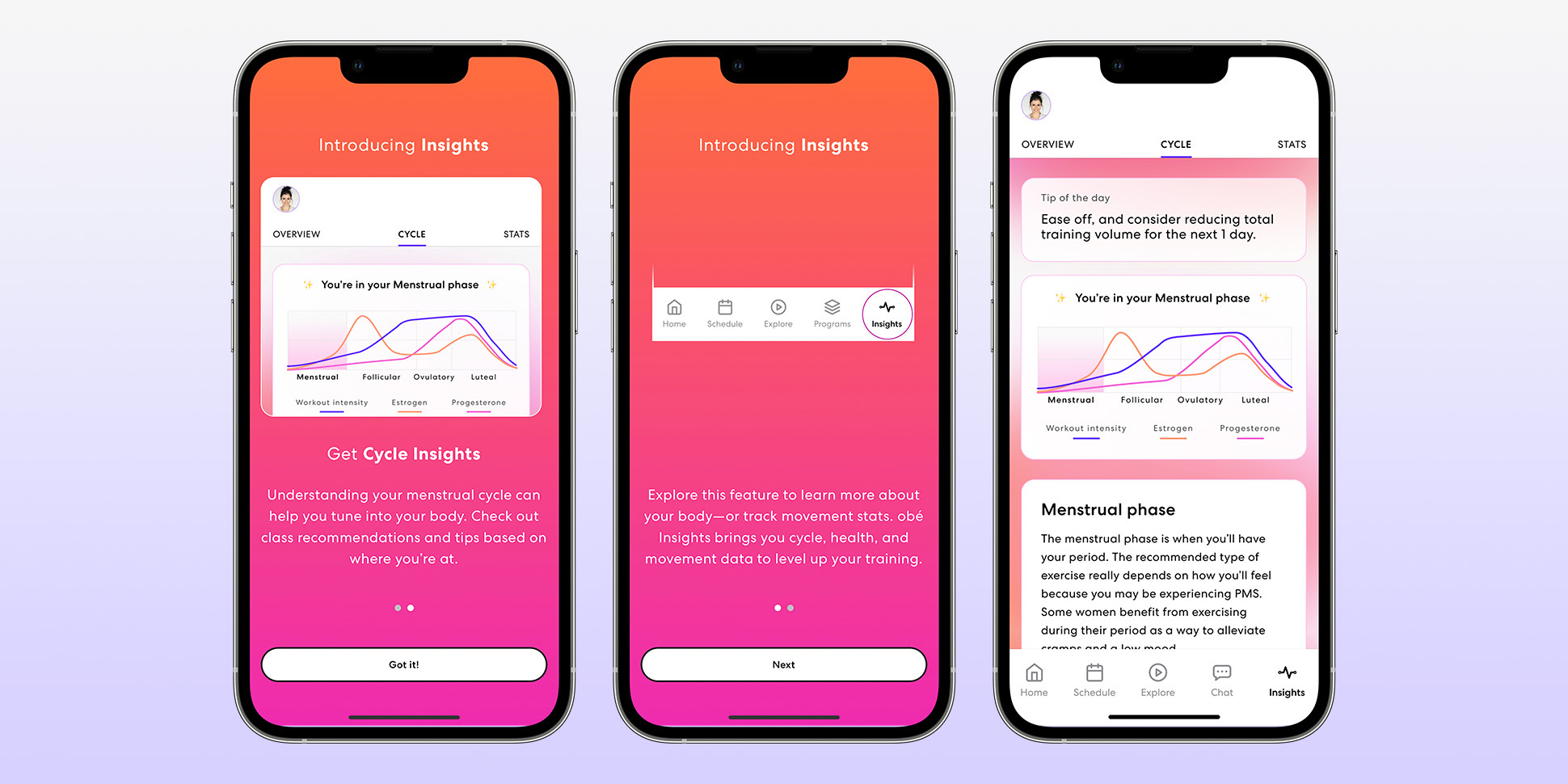

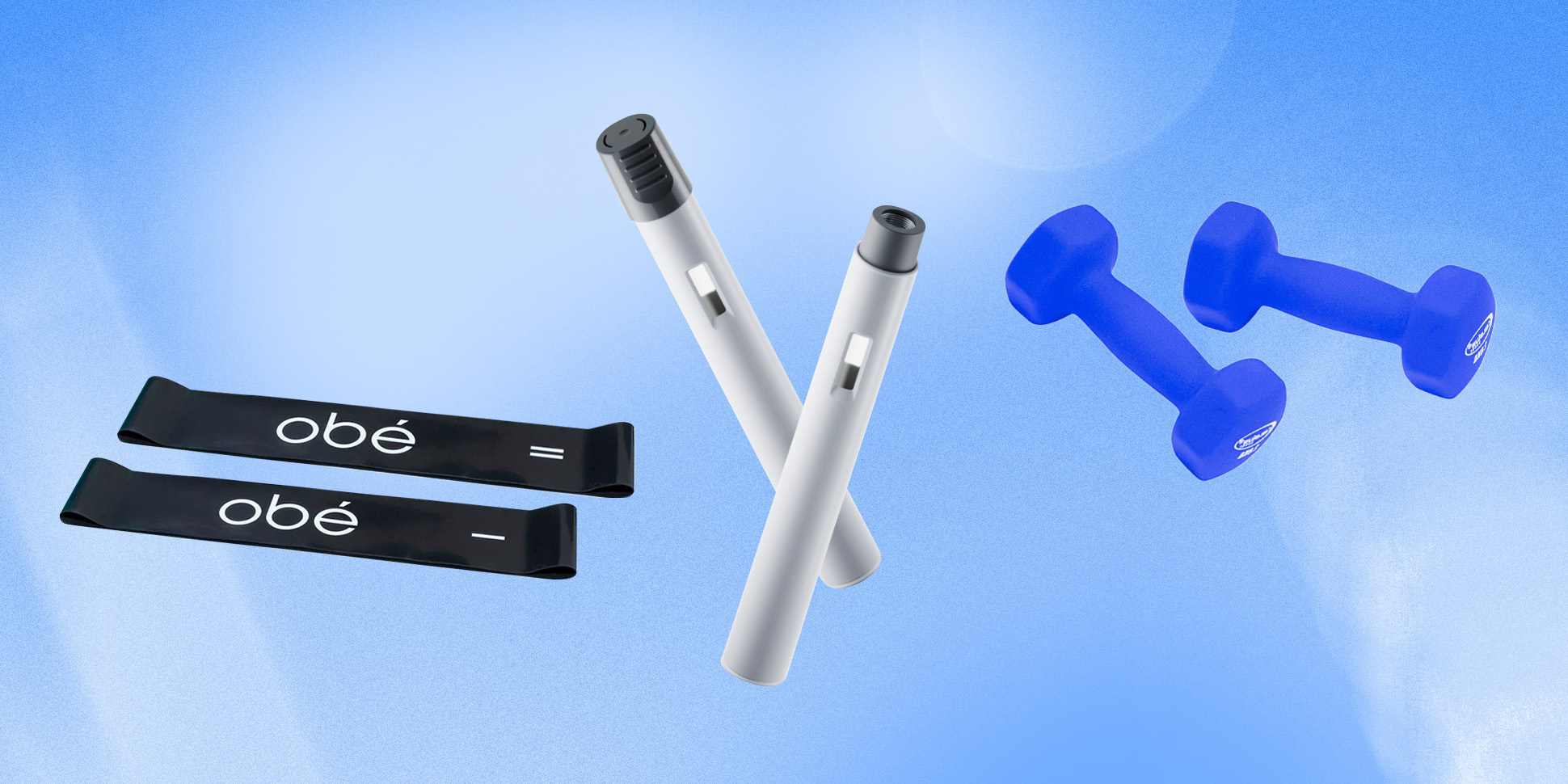
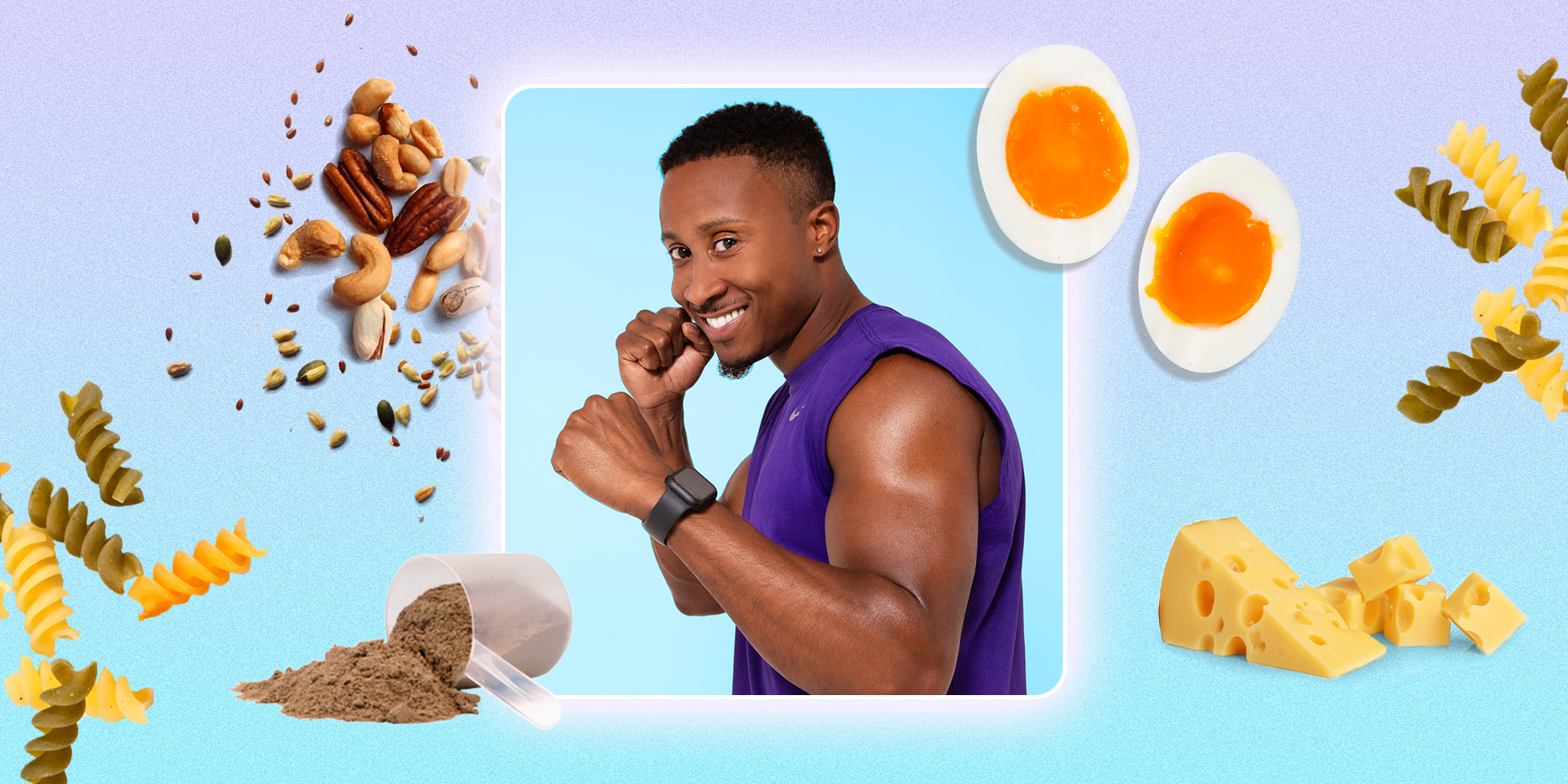

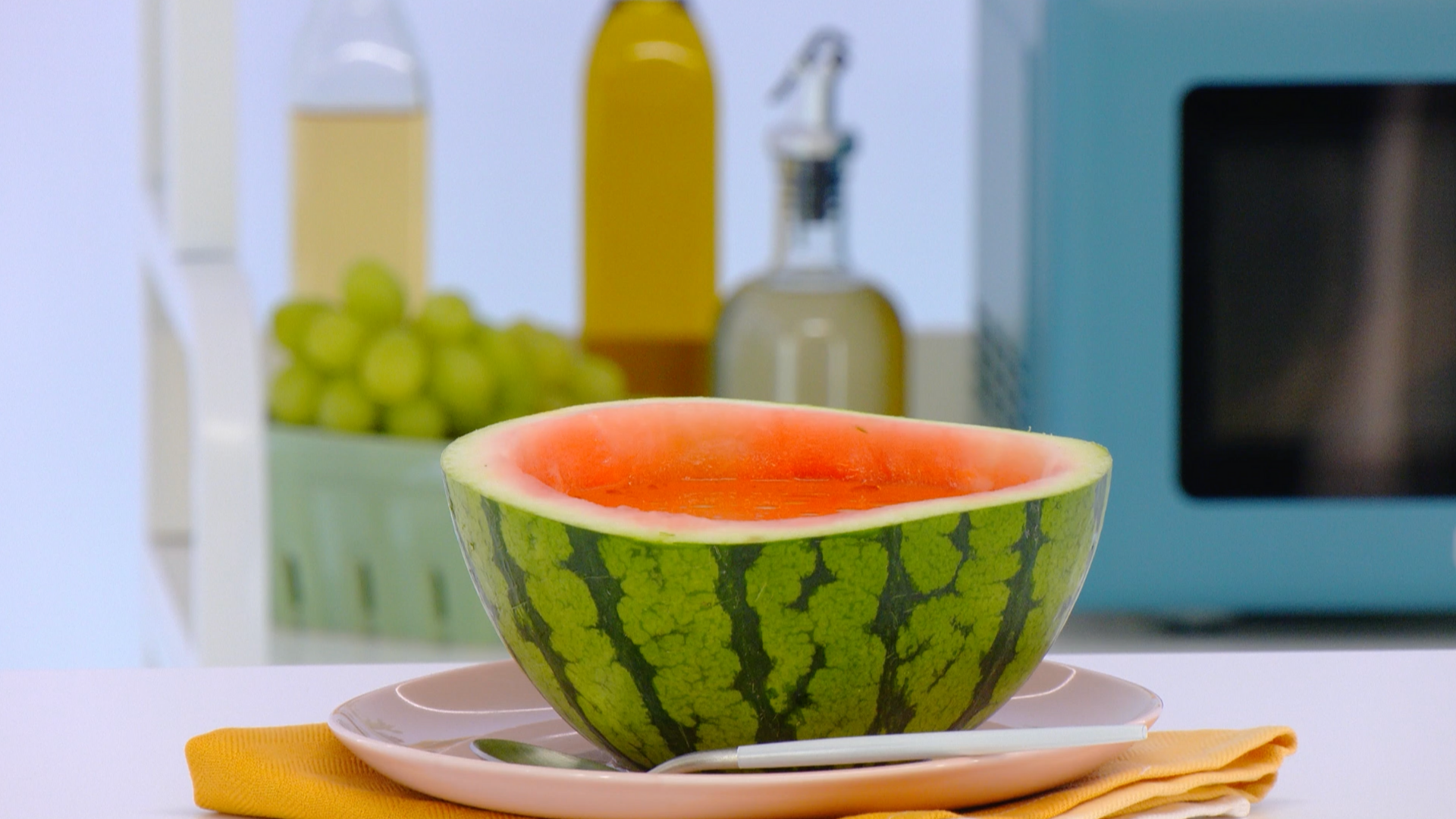
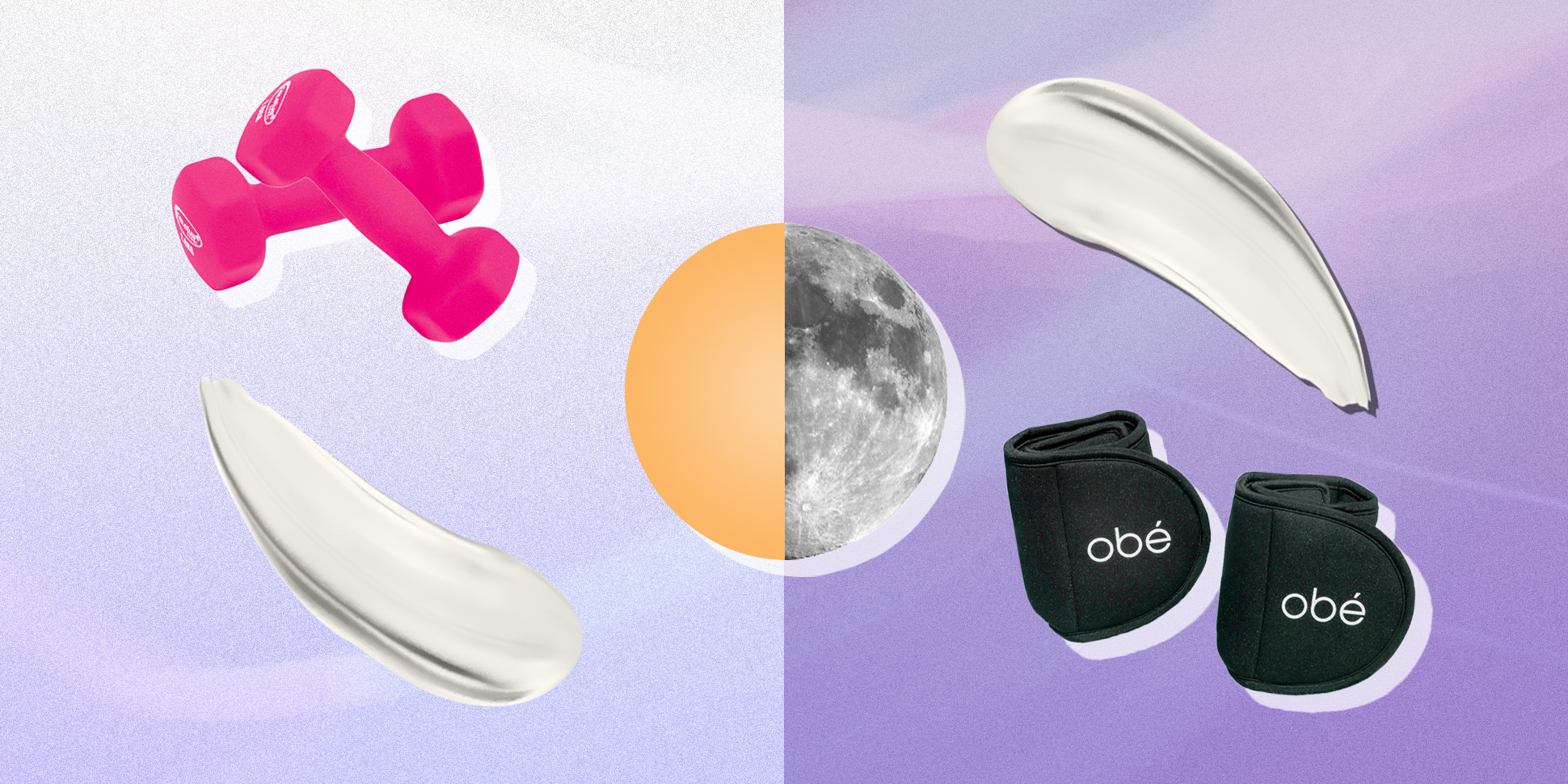






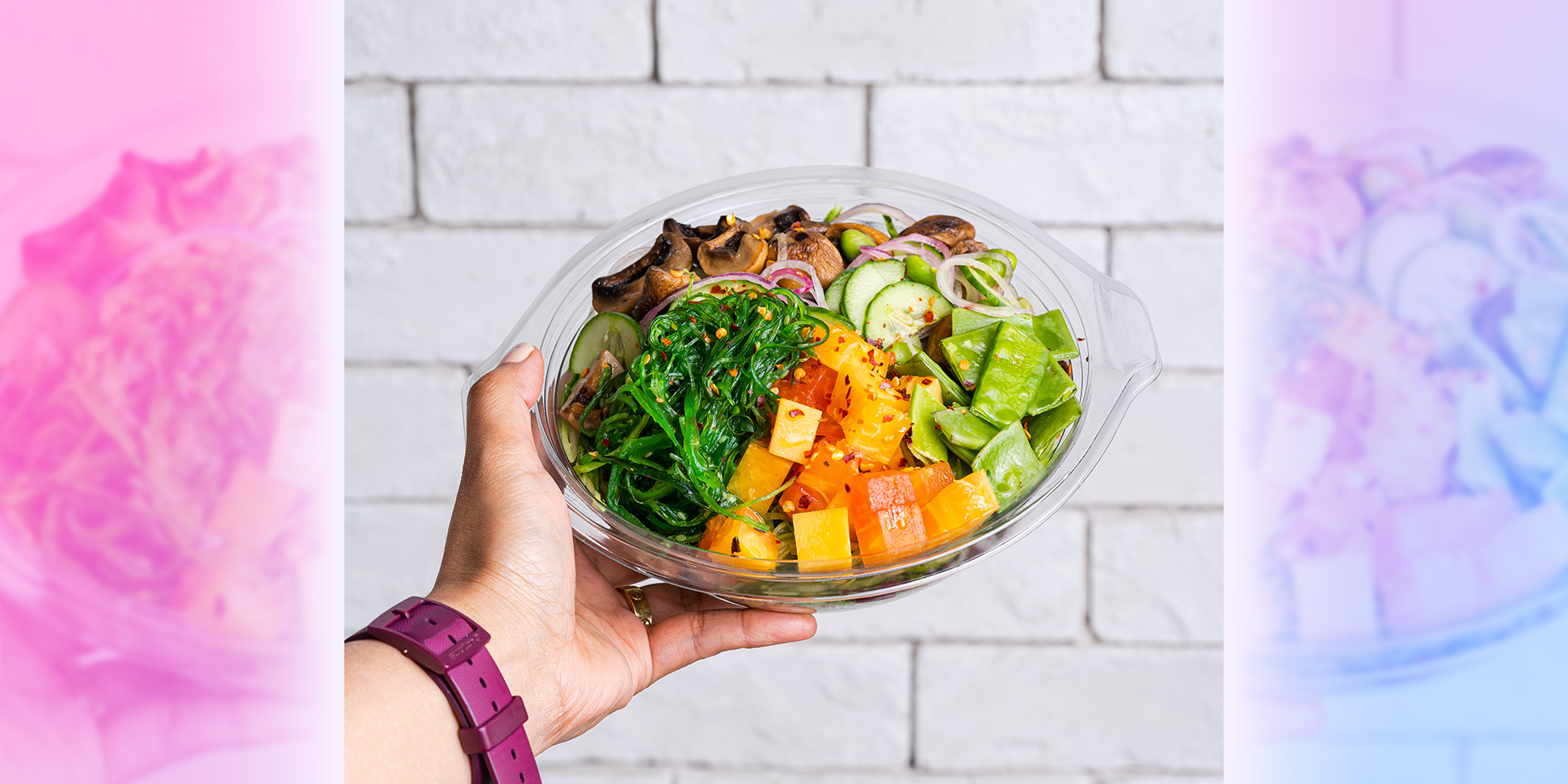
















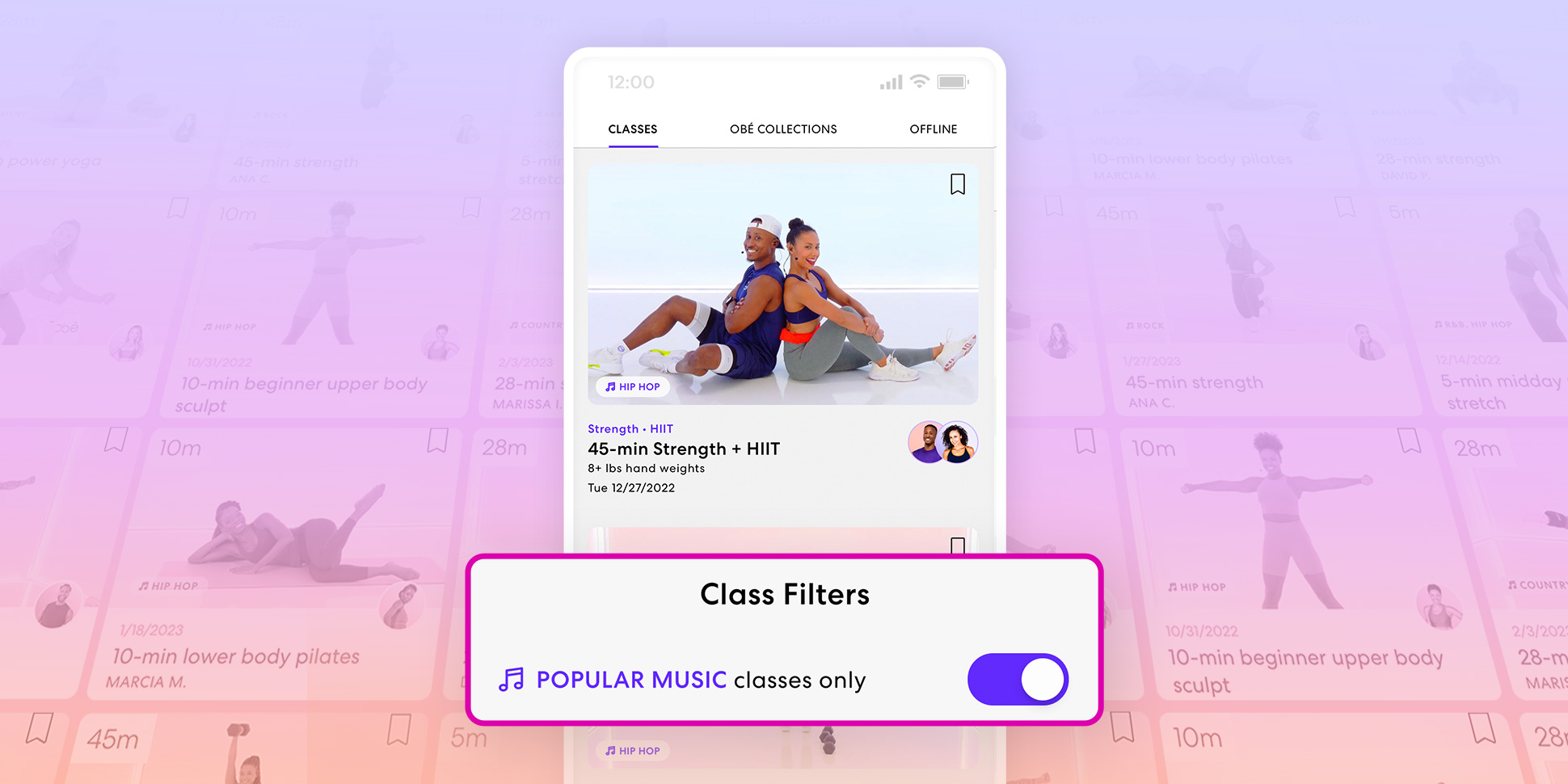


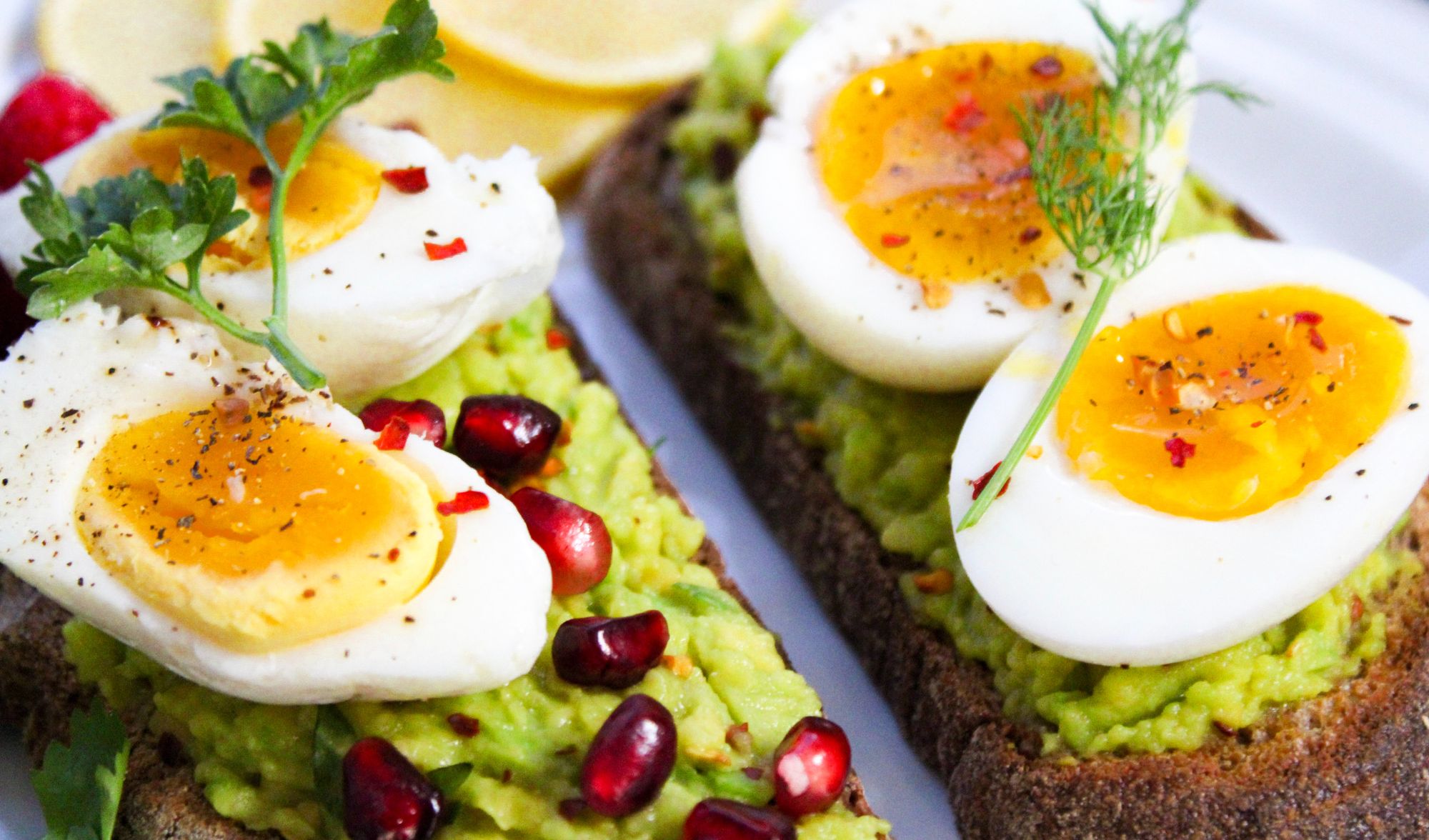
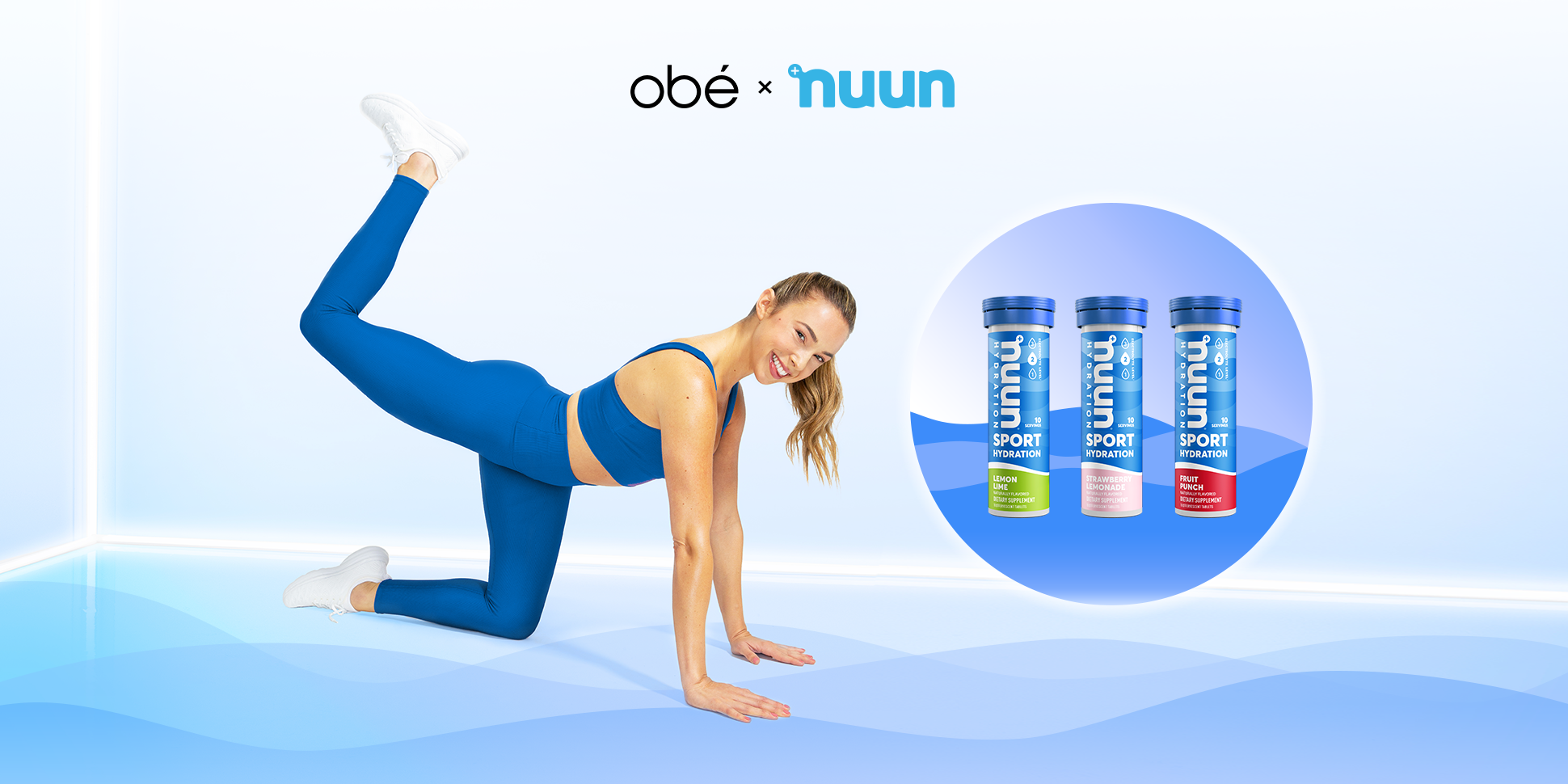















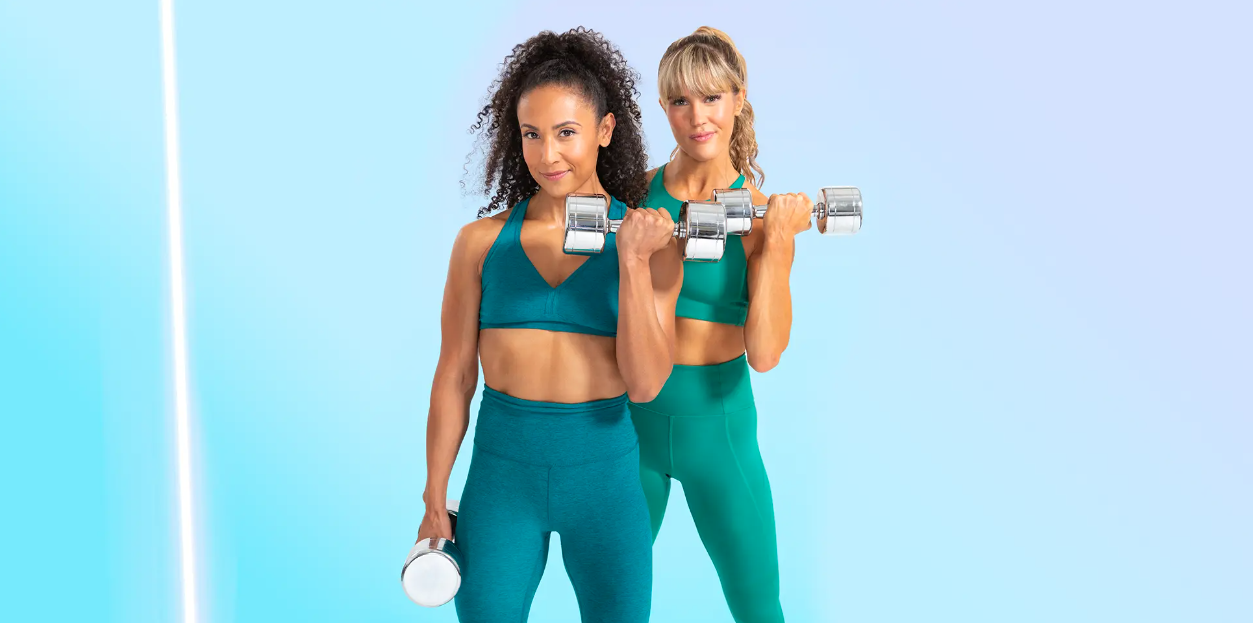




















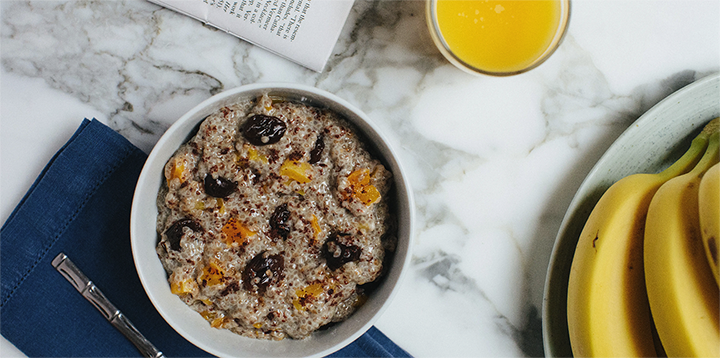

































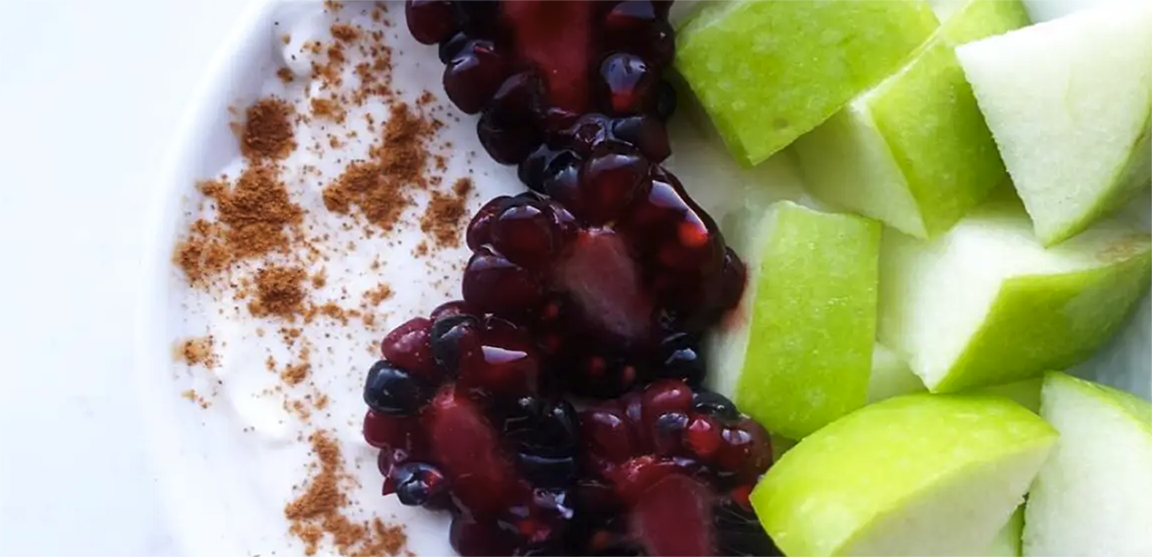








Leave a Reply